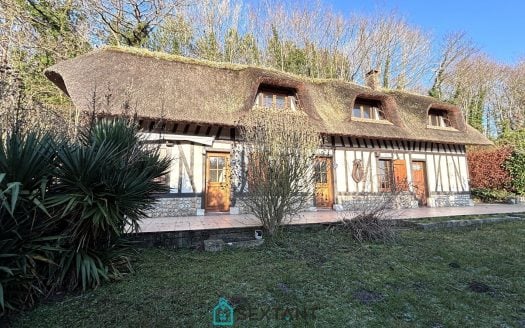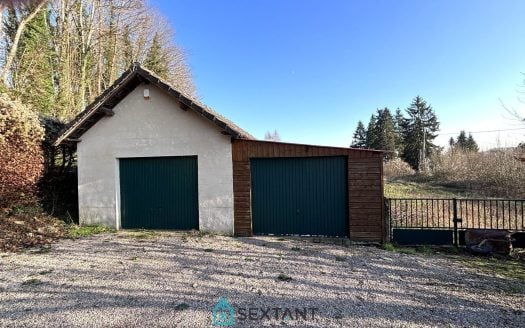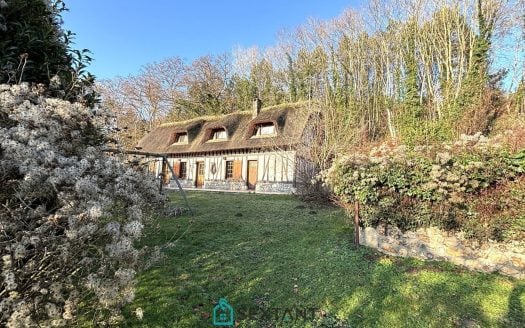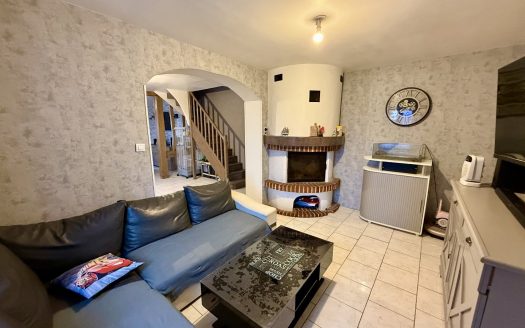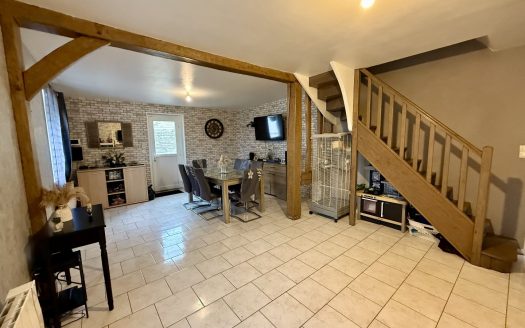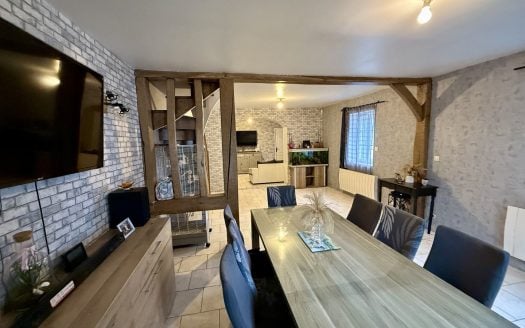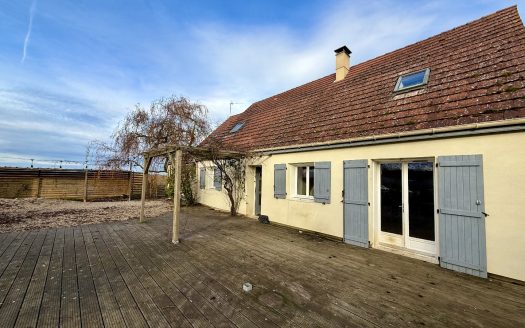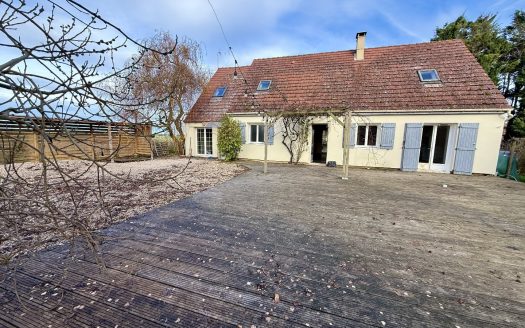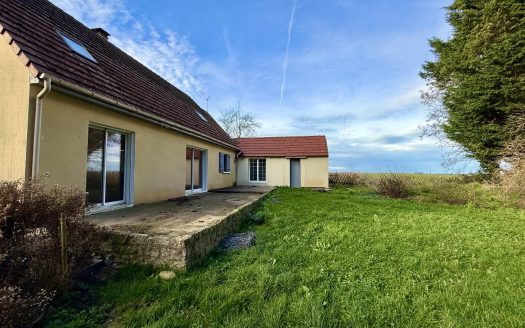A Prime Location for holiday homes
Normandy, located in the North of France, consists of two regions: Lower Normandy and Upper Normandy. It is bordered by the Channel to the north, Picardie and Ile-de-France to the east, and Centre, Pays de la Loire, and Brittany to the south. Whether you seek a holiday home, a permanent residence, or an investment property, Normandy offers diverse real estate opportunities.
Normandy consists of 5 departements: the Manche (50), the Calvados (14), the Orne (61), the Seine-Maritime (76) and the Eure (27).
With a population of 3.25 million and a surface area of 29,900 km², Normandy provides a mix of coastal and countryside lifestyles.
View our latest properties for sale in Normandy here
A Diverse Landscape: From Coastline to Countryside
Normandy’s coastline varies from the dramatic cliffs of Le Treport to the picturesque Mont-Saint-Michel. The region’s beaches stretch for miles, featuring golden sands, rugged cliffs, and charming fishing villages. Inland, Normandy boasts lush valleys, rolling pastures, and dense forests—perfect for those seeking a tranquil retreat.
Famous Coastal Regions
- The Alabaster Coast: Running from Le Tréport to Le Havre, this stretch features striking white chalk cliffs and breathtaking views.
- The Floral Coast: From the Seine to the Orne, this region boasts orchards, elegant villas, and picturesque towns.
- The Landing Beaches: Sword, Juno, Gold, Omaha, and Utah Beaches—names that hold historical significance from World War II—continue to attract visitors worldwide.
- Le Cotentin Peninsula: Known for its rugged cliffs, wild landscapes, and the sun-drenched beaches of the western coastline.
Rich History and Heritage
Normandy played a pivotal role in European history. From Viking invasions to the Norman Conquest of England in 1066, its legacy remains strong. The region was also the site of the famous D-Day landings in 1944, a key event in World War II. Visitors can explore historic towns like Bayeux, Caen, and Rouen, each offering centuries-old architecture and fascinating museums.
Gastronomy: A Food Lover’s Paradise
Normandy is known for its exceptional local cuisine:
- Cheese: Home to Camembert, Livarot, and Pont-l’Évêque.
- Cider and Calvados: The region’s apple orchards produce some of France’s finest ciders and apple brandies.
- Seafood: From oysters to mussels, fresh seafood is a staple in Normandy.
- Traditional Dishes: Try “tripes à la mode de Caen,” “teurgoule” (spiced rice pudding), or “Flan Normand,” a delicious apple pastry.
Normandy Real Estate Market: Find Your Ideal Property
Buying property in Normandy can be an excellent investment. Prices vary depending on the type of property and location:
- Stone houses in the countryside: Starting at €65,000 for renovation projects.
- Charming farmhouses and half-timbered homes: Between €200,000 and €500,000.
- Luxury estates and waterfront properties: Up to €800,000 and beyond.
Whether you are looking for a traditional Norman farmhouse, a chateau, or a gîte for holiday rentals, our team can help you find the perfect property.
Why Invest in Normandy?
- Affordable property prices compared to other regions in France.
- Excellent transport links to the UK and Paris.
- Thriving tourism industry, ensuring strong rental potential.
- Beautiful landscapes and historic sites offering a high quality of life.
Travel from the UK
Getting to Normandy is easy:
- By ferry: Services run from Portsmouth or Poole to Cherbourg, Portsmouth to Caen, and Newhaven to Dieppe.
- By air: Easyjet and Ryanair offer flights from UK cities to Paris, with onward train connections to Normandy.
Let Us Help You Find Your Dream Property
Our experienced agents specialize in Normandy real estate and can guide you through the buying process. Whether you are searching for a countryside retreat, a seaside villa, or a rental investment, we have the expertise to assist you.
Contact us today to explore our listings and find your ideal home in Normandy!


